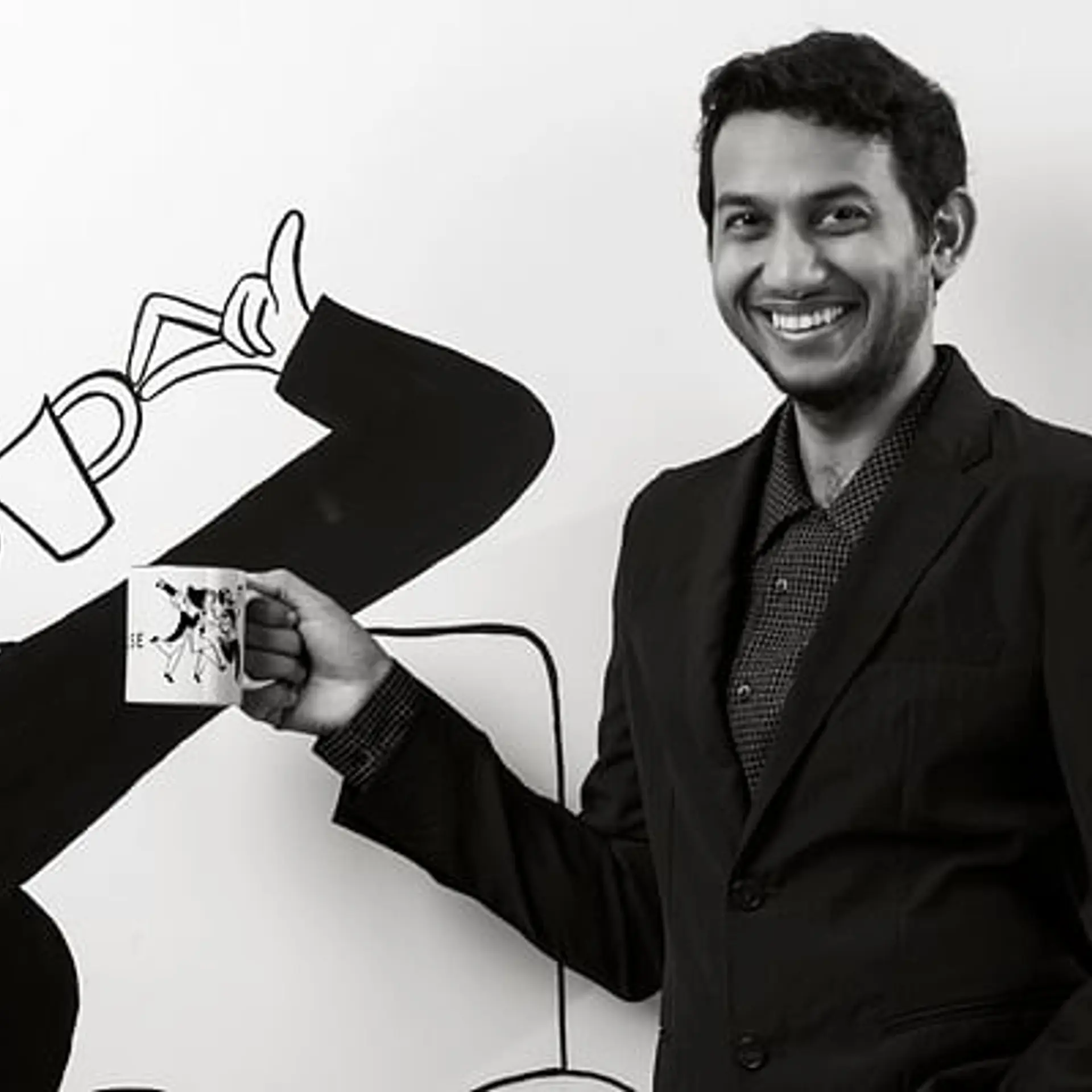Physics of Poverty: Learning to Organize
Monday June 06, 2011 , 3 min Read

Back in 1996 when I was in business school we used to sit around and make fun of our organizational behaviour classes. Soft stuff. Not hard core like finance. Now I know better. Finance is the easy stuff. Organizational behaviour on the other hand is complex and can profoundly change societal outcomes.So what is organizational behaviour about? If you really think about it, it’s about how human beings come together to share their knowledge and abilities to create, build and get things done. And why should we do this? Because when it is done well, the outcome can be far greater than the sum of the parts.
Paradigms of progress are exemplified by large scale organization. In the United States and most European countries, for instance, somewhere between 5 and 10% of working adults are entrepreneurs. In India it is almost 50%. What that means is that entrepreneurship in the developed world results in larger scale, more people coming together to get it done. Indian entrepreneurs, on the other hand, tend to operate in structures of 1 to 3 people. There are probably a great many reasons for this. Not least that most Indian entrepreneurs operate in micro scale markets – village communities of hardly a few thousand people that don’t provide an opportunity for scale. Yet I believe there is more to it than this. Organization, even in small communities, can accomplish a great deal of efficiency – not just in terms of enterprise but in terms of public good. Organization is not just about a formal structure or hierarchy but about how we negotiate among each other in everyday situations – getting on a bus for instance. Do we all rush to crowd the entrance or stand in line?
So why are societies so different in how they organize? The more I observe the more I am convinced that the ability to organize is not an innate human trait. Rather, I believe, organizational structures are innovations that are then taught and spread. Some become viral and some die out in the same way as products do.
This struck me first as we followed the way our Self Help Group borrowers – illiterate and semi-literate women – responded to some simple exercises in our ‘mini MBA’ program. This is a video based training program that brings business education to the poor that has been developed in collaboration with Dr. Madhu Viswanathan at University of Illinois at Urbana Champagne and his Marketplace Literacy initiative. They tested with two different groups - one that was reasonably educated (10th or 12th grade) and one that was largely illiterate, and came back with some very interesting learnings. Here's one: There are a couple places where the video instructor asks them to pause the video, organize into groups of three or four and talk about some particular question or topic. The groups, particularly the more illiterate group were unable to carry out this instruction of organizing into groups. It had to be demonstrated explicitly before they were able to execute this simple organization.
As I observe my kids watching western videos I realize how much these shows teach kids how to organize – from the very simple organization of standing in line rather than all making a mad dash together to forming and working in groups. Consciously or unconsciously these become part of curriculum and perpetuate. The challenge thus lies in finding those organizational structures that can be productive in the Indian context and perpetuating those.






